Zambia is a landlocked country in southern Africa. The country has a rugged terrain, a diverse wildlife, many parks and safari areas. On its border with Zimbabwe are the famed Victoria Falls, which plunge 108 meters below into the narrow Batoka Gorge. Take a look below for 30 more interesting and fascinating facts about Zambia.
1. Zambia is bordered by the Congo to the north, Tanzania to the north-east, Malawi to the east, Mozambique, Zimbabwe, Botswana and Namibia to the south, and Angola to the west.
2. Lusaka is the capital and biggest city of Zambia. It’s one of the fastest developing cities in southern Africa.
3. The terrain of Zambia is mostly high plateau, with some hills and mountains.
4. The lowest point is the Zambezi river, at 329 meters, or 1,079 feet, above sea level. The highest point is Mafinga Central in the Mafinga Hills, at 2,339 meters, or 7,694 feet, above sea level.
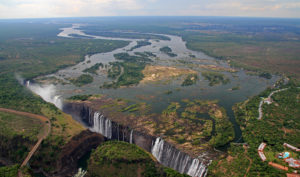
5. The major river systems, which is formed by the Zambezi and its tributaries, are the Luangwa and Kafue Rivers. They cut into the plateau forming deep valleys and waterfalls such as the Victoria Falls on the southern border with Zimbabwe.
6. The network of protected areas in Zambia covers about 38% of the national territory. It’s made up of 19 national parks, and other types of protected areas.
7. Mosi-oa-Tunya National Park is a UNESCO World Heritage site that’s home to one half of the Mosi-oa-Tunya, or the “Smoke Which Thunders,” which is known worldwide as Victoria Falls on the Zambezi River.
8. Devil’s Pool is the naturally formed “armchair” near the edge of the falls on Livingstone Island on the Zambian side. When the river flow is at a certain level, usually between September and December, a rock barrier forms an eddy with minimal current, allowing swimmers to hang out in relative safety a few feet from the point where the water cascades over the falls.
9. Lake Kariba is the world’s biggest man-made lake and reservoir by volume. It’s located 1,300 kilometers, or 800 miles, upstream from the Indian Ocean, along the border between Zambia and Zimbabwe.
10. The Livingstone Museum is the biggest and the oldest museum in Zambia. It’s located in Livingstone near Victoria Falls. The museum has exhibits of artifacts related to local history and prehistory, such as photographs, musical instruments and possessions of David Livingstone, who was an explorer and missionary.
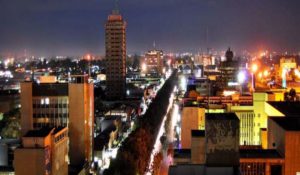
11. A discover of the Broken Hill skull in Kabwe, in 1921, showed that humans were present in Zambia at least 200,000 years ago. The skull was the first human fossil ever discovered in Africa.
12. Originally inhabited by the Khoisan people, the region was affected by the Bantu expansion of the 13th century.
13. In 1888, Cecil Rhodes, spearheading British commercial and political interests in Central Africa, obtained mineral rights concession from local chiefs. That same year, Northern and Southern Rhodesia, which is now Zambia and Zimbabwe, were proclaimed a British sphere of influence.
14. For most of its colonial history, Zambia was governed by an administration appointed from London with the advice of the British South Africa Company.
15. On October 24, 1964, Zambia became independent and prime minister Kenneth Kaunda become the inaugural president.
16. Kaunda’s socialist United National Independence Party maintained power from 1964 until 1991.
17. The Zambian economy is largely based on the copper mining industry. Zambia is one of the top ten producers of copper.
18. In 2010, the World Bank named Zambia one of the world’s fastest economically reformed countries. The Common Market for Eastern and Southern Africa is headquartered in Lusaka.
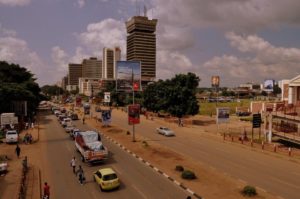
19. The city of Chingola is found in the Copperbelt Province of Zambia. Chingola is popular for having the second biggest open cast mine on the planet.
20. Between the 16th and 19th centuries, there came an emergence of organized Iron Age kingdoms as well as widespread immigration. Four kingdoms were established in this period, the Kazembe-Lunda in the north centered on the lower Luapula River, the Bemba in the north east, the Chewa in the east and the Lozi in the west, centered on the upper Zamezi River.
21. Today, Zambia is made up almost entirely of Bantu-speaking people.
22. In Zambia, a greeting is always exchanged before any conversation. The person that approaches first but always offer the first greeting. However, a man should always withhold his hand in greeting until a woman offers hers.
23. Gifts are often offered to a visitor as a sign of honor, friendship and gratitude. One should never refuse a gift and accept it with both hands at the same time expressing thanks.
24. “Lobola,” or the bride price, is still widely practiced and is a token of appreciation to the parents of the girl. In most tribes, the bride is taken to the man’s village the evening before the wedding.
25. Funerals are a major event, with family members coming from vast distances to attend. A funeral may last for many days, with the men outside drinking and talking, and women inside crying.
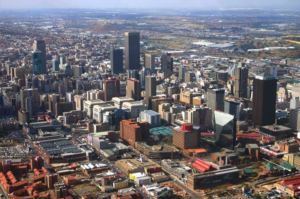
26. Animism is practiced by a large amount of the population, even if they’re Catholic, Seventh Day Adventists, or practitioners of another religion.
27. Animism beliefs vary from tribe to tribe, but most are based on beliefs in the power of ancestors and in nature. Many areas believe that crocodiles have strong powers.
28. The traditional dress of Zambia is a cluster of painted masks, fiber wigs and headdresses, skirts made with fiber and animal skins and ornaments of beads and rattles.
29. Archaeological excavation work on the Zambezi Valley and Kalambo Falls show a succession of human cultures. In particular, ancient camping site tools near the Kalambo Falls have been radiocarbon dated to more than 36,000 years ago.
30. In 2017, Zambia hosted and won the Pan-African football tournament U-20 African Cup of Nation for players age 20 and under.

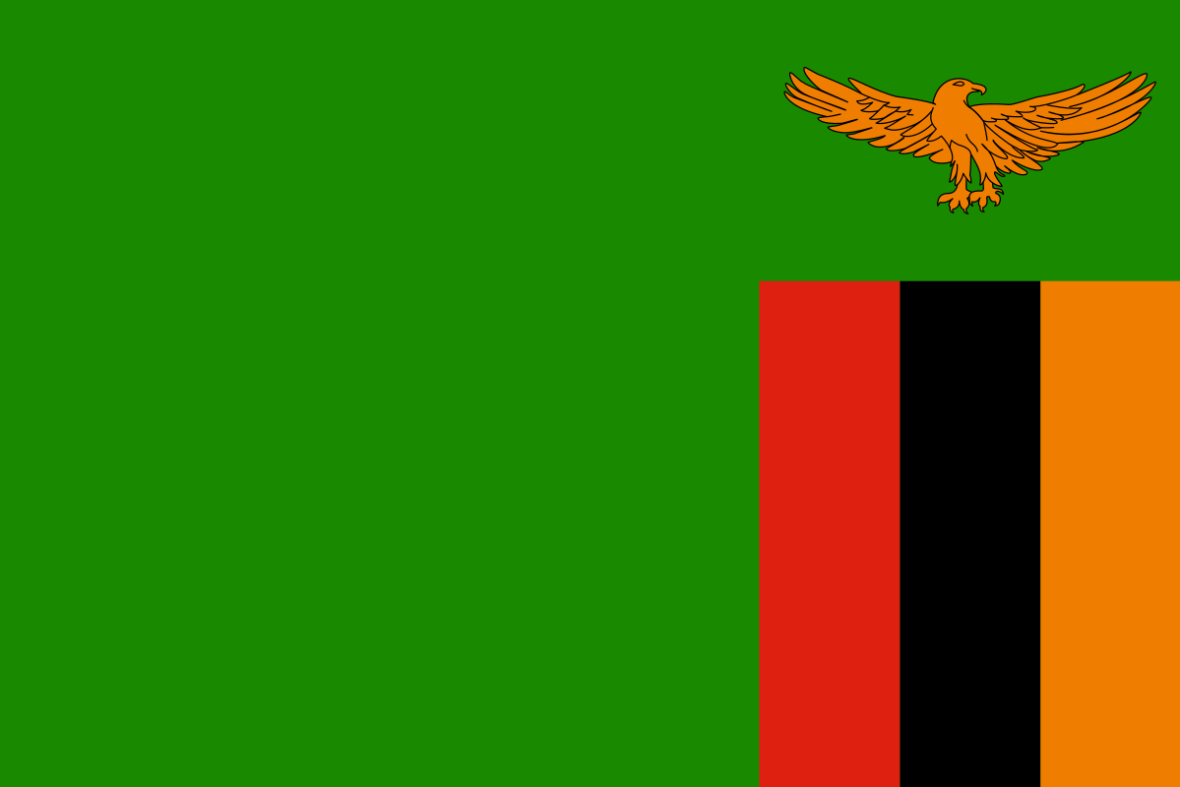



One Comment
Pingback:
May 8, 2018 at 10:57 am